King Bao Dai presented the seal and sword.
At 9:00 a.m. on August 21, 1945, an event that excited the people of Hue was the red flag with a yellow star flying on the flagpole in front of the Ngo Mon Gate of Hue Citadel, replacing the Ly flag of the Nguyen Dynasty. Mr. Dang Van Viet and Mr. Nguyen The Luong were the two people who received the sacred task of raising the national flag on the Ngo Mon flagpole, marking a new page in history.
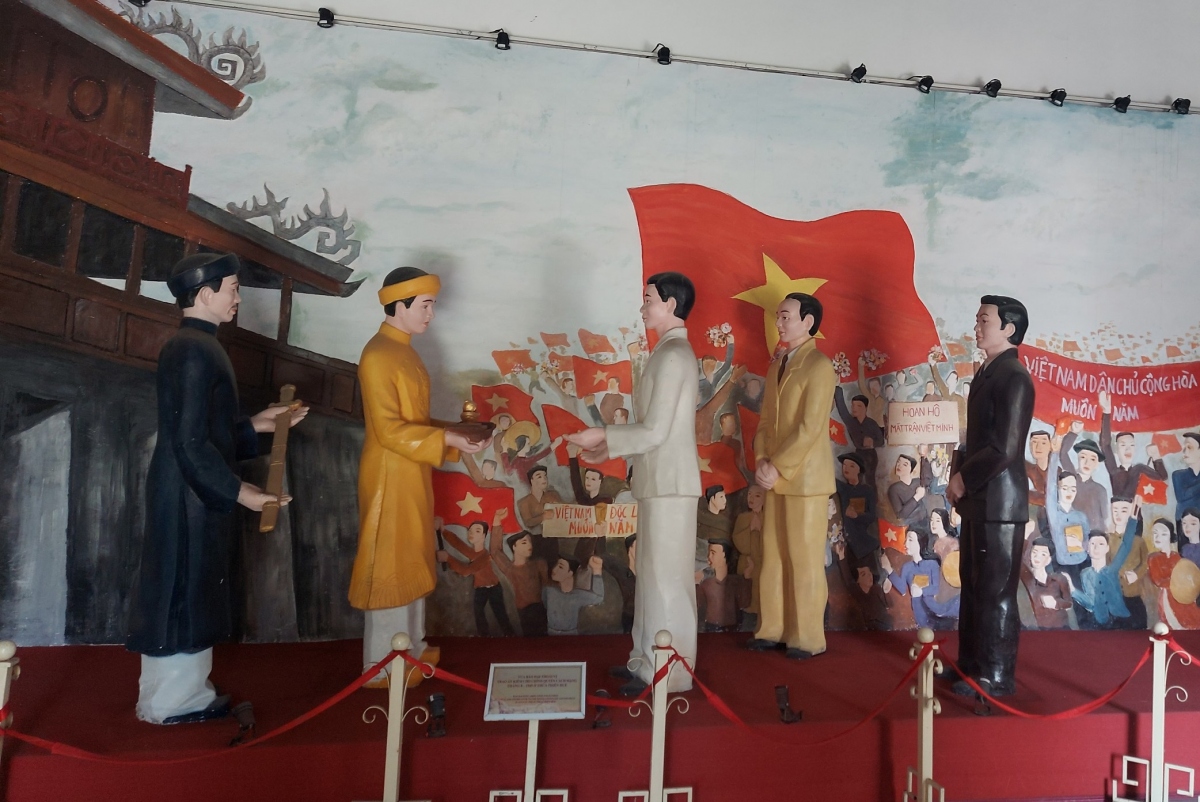
Reenactment of King Bao Dai's abdication
Two days later, on August 23, 1945, the August Revolution broke out and succeeded in Hue, the Central Vietnam and Thua Thien - Hue Uprising Committee was launched in a large rally. A week later, on August 30, 1945, at Ngo Mon Gate in Hue, King Bao Dai announced his abdication and handed over the seal and precious sword to the Central Government delegation led by Mr. Tran Huy Lieu.
The image of the red flag with yellow star flying over the Ngo Mon Flag Tower in Hue is recorded in history books as a revolutionary autumn in the ancient capital, marking the end of the last dynasty of the Nguyen Dynasty. This event added strength to the uprising to successfully seize power in Hue, playing a very important role in the August Revolution, giving birth to the Democratic Republic of Vietnam.
Associate Professor, Dr. Do Bang, Vice President of the Vietnam Historical Science Association, acknowledged: “The event of handing over the royal seal and sword in Hue is an act of international legal nature. On August 30, 1945, when King Bao Dai handed over the royal seal and sword in Hue, it was not until September 2 that we had a full legal basis to declare independence. If there had not been the event of August 30 that year, it would clearly not have been recognized in terms of international law.”
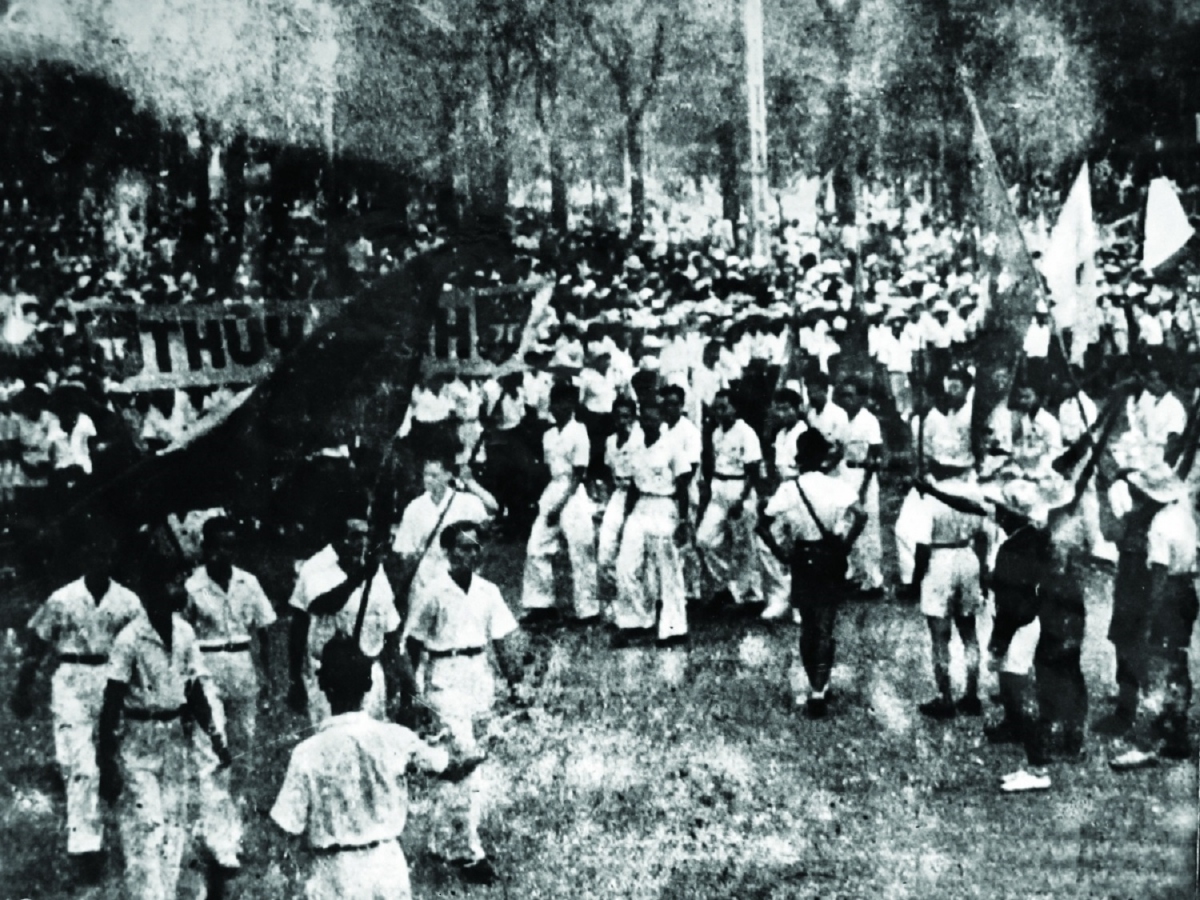
People marching towards Hue Stadium in the fall of August 1945. (Photo: Archive)
The abdication of King Bao Dai marked the end of the last feudal dynasty in Vietnamese history. In the abdication edict, King Bao Dai stated: "During the 20 years on the throne, I have experienced so much bitterness. I would rather be a citizen of a free country than be the King of a ruled country."
Researcher Nguyen Van Hoa said: “After the abdication ceremony, King Bao Dao became citizen Vinh Thuy. And more than that, citizen Vinh Thuy was also invited by President Ho Chi Minh to Hanoi to be an advisor to the Provisional Government of the Democratic Republic of Vietnam. That had a great influence on the people in the Nguyen Dynasty Royal Family. In fact, after the August Revolution, many people in the Nguyen Dynasty Royal Family believed in Uncle Ho, followed the Revolution and devoted themselves to their homeland and country.”
Spreading the spirit of revolutionary Autumn in the ancient capital
For nearly 8 decades, the red flag with yellow star fluttering on top of the Hue Imperial Citadel has been a sacred symbol associated with the history of struggle, maintaining national independence and the country's innovation and development. The Imperial Citadel is located in the center of Hue city, a symbol of the ancient capital, witnessing many changes of the country through each historical period. The Imperial Citadel and Ngo Mon Gate of Hue are currently tourist attractions when visiting the Complex of Imperial Citadel Monuments.
Ms. Nguyen Thi Thanh Nhan, a tourist from Thai Binh, expressed her feelings: “When visiting the Hue Imperial City, we were introduced to and learned more about this relic site. 23/8 Street, Ky Dai, Ngo Mon Gate… and many relics in Hue are associated with the historical event of King Bao Dai, the last king of the Nguyen Dynasty, abdicating and handing over the royal seal and sword to the revolutionary government.”
Mr. Nguyen Duc Loc, Director of the Thua Thien Hue Provincial History Museum, said: The unit is currently collecting and preserving about 600 documents, images, and artifacts related to the August Revolution in Thua Thien Hue. Every year, the Thua Thien Hue Provincial History Museum continues to organize collections of related documents from the people, revolutionary veterans, and localities...
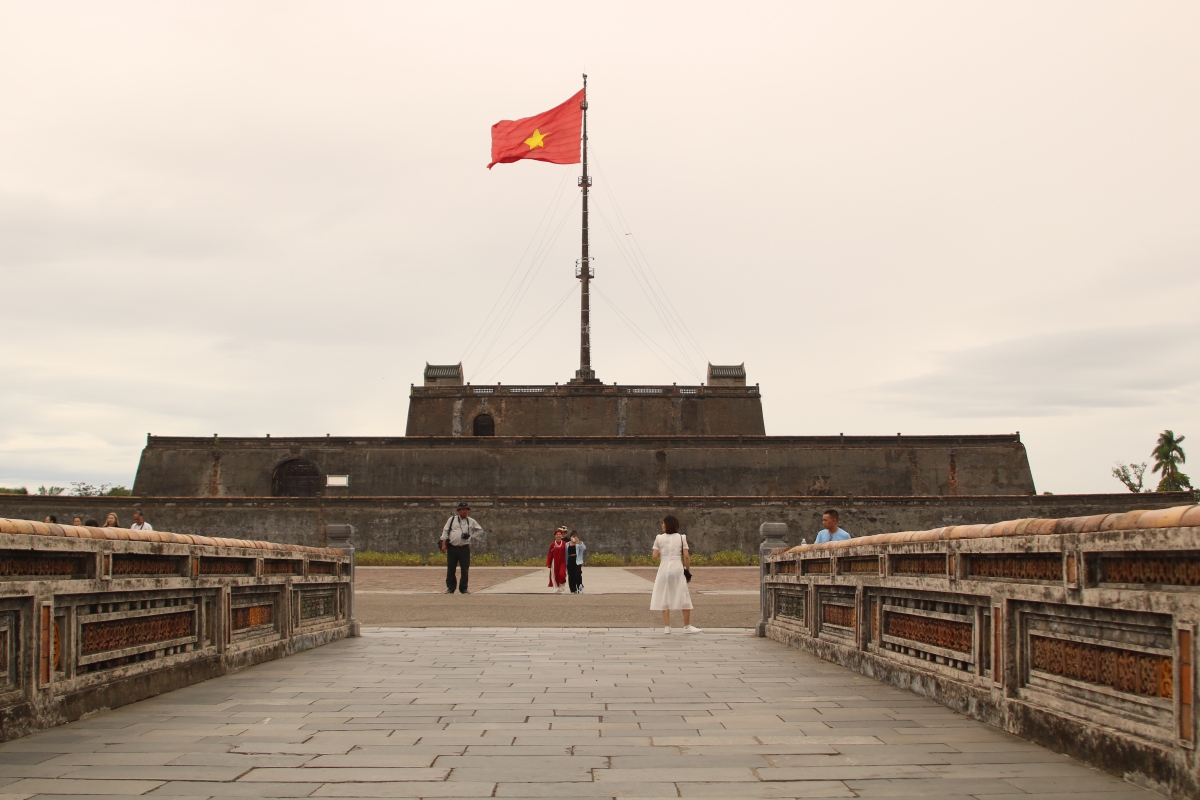
Flag Tower in front of Ngo Mon Gate - Hue Citadel
Documents and artifacts are preserved, classified, displayed and exhibited to serve the public on the occasion of the August Revolution every year.
“During each August Revolution, we always pay attention to propaganda to the grassroots. In the coming time, we will promote the application of information technology to serve propaganda work. The unit has specific implementation measures on the museum's electronic information page and Facebook fanpage. We create questions and vivid visual materials for propaganda on the museum's fanpage and through other social networking channels," said Mr. Nguyen Duc Loc.
Source: https://vov.vn/chinh-tri/ky-uc-lan-dau-tien-co-do-sao-vang-tung-bay-tren-ky-dai-hue-post1039753.vov



![[Photo] National Assembly Chairman Tran Thanh Man holds talks with New Zealand Parliament Chairman](https://vphoto.vietnam.vn/thumb/1200x675/vietnam/resource/IMAGE/2025/8/28/c90fcbe09a1d4a028b7623ae366b741d)
![[Photo] General Secretary To Lam presents the 45-year Party membership badge to comrade Phan Dinh Trac](https://vphoto.vietnam.vn/thumb/1200x675/vietnam/resource/IMAGE/2025/8/28/e2f08c400e504e38ac694bc6142ac331)
![[Photo] General Secretary To Lam attends the opening ceremony of the National Achievements Exhibition](https://vphoto.vietnam.vn/thumb/1200x675/vietnam/resource/IMAGE/2025/8/28/d371751d37634474bb3d91c6f701be7f)
![[Photo] Red flag with yellow star flutters in France on National Day September 2](https://vphoto.vietnam.vn/thumb/1200x675/vietnam/resource/IMAGE/2025/8/28/f6fc12215220488bb859230b86b9cc12)
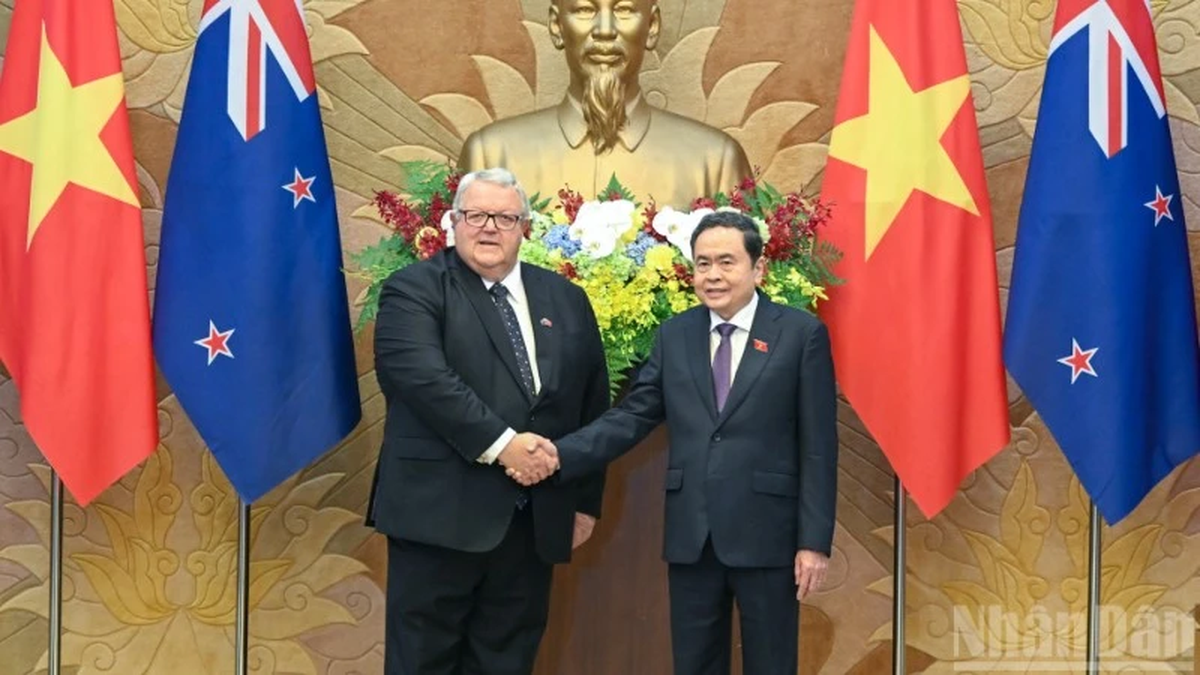
![[Photo] Politburo works with the Standing Committee of Cao Bang Provincial Party Committee and Hue City Party Committee](https://vphoto.vietnam.vn/thumb/1200x675/vietnam/resource/IMAGE/2025/8/28/fee8a847b1ff45188749eb0299c512b2)
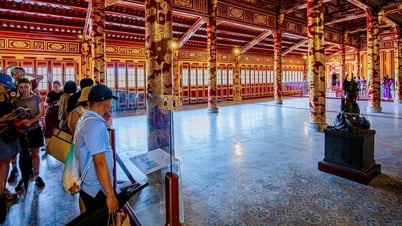

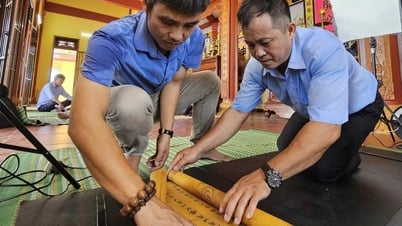

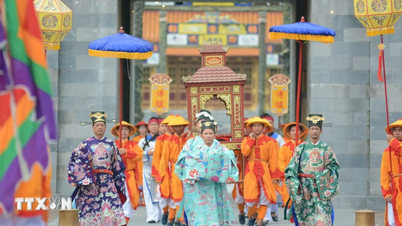

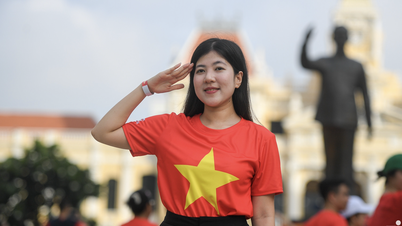

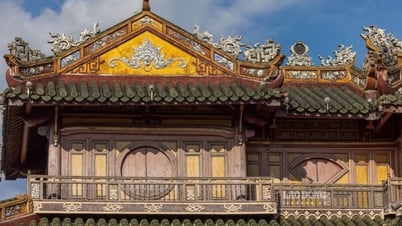

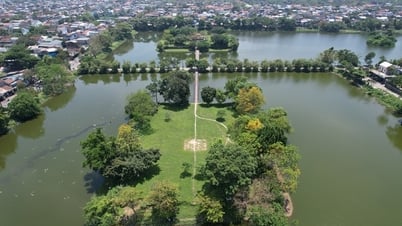



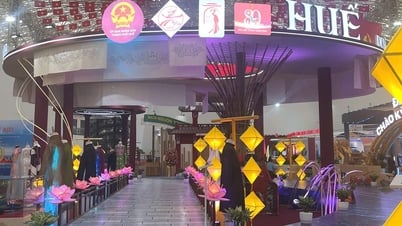



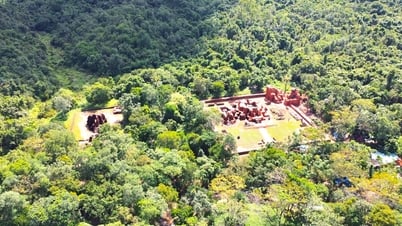

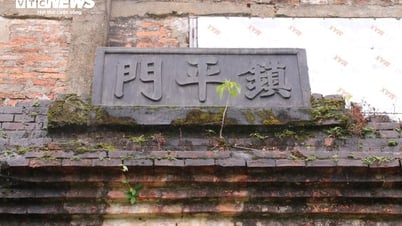





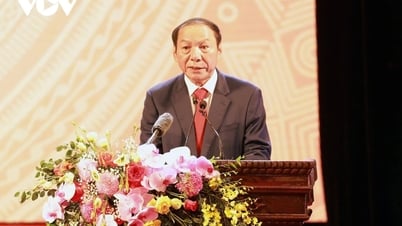
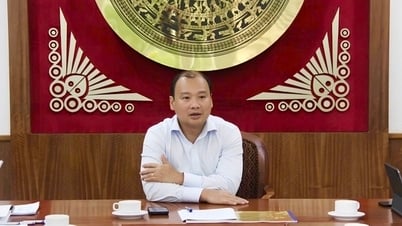
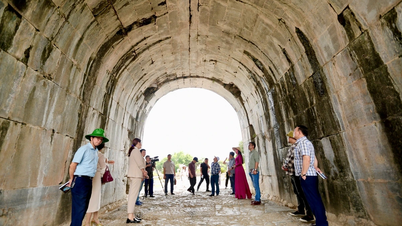

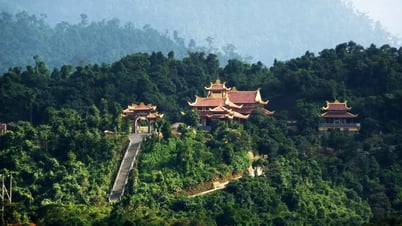
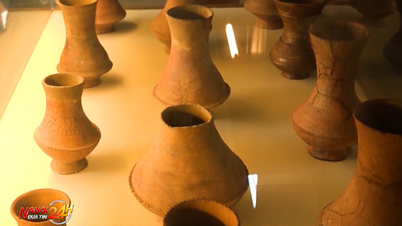


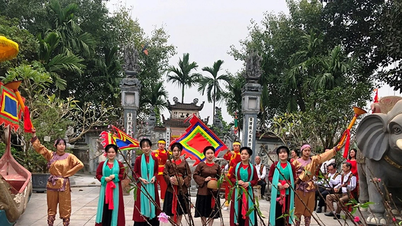



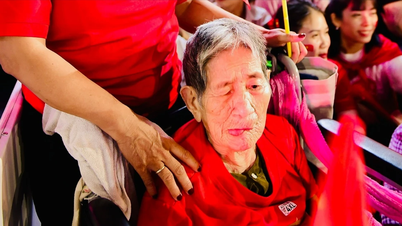


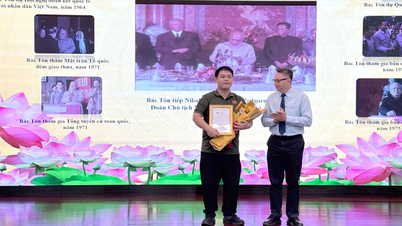






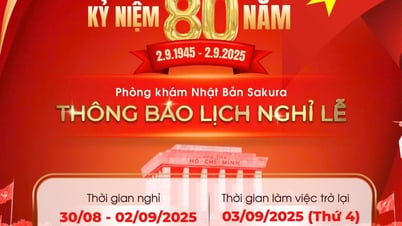
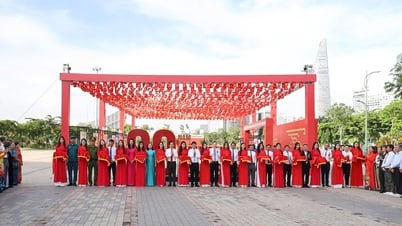
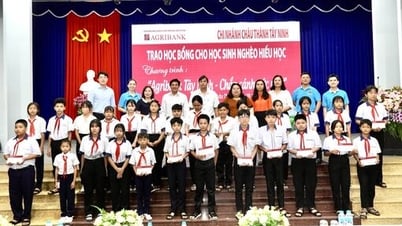













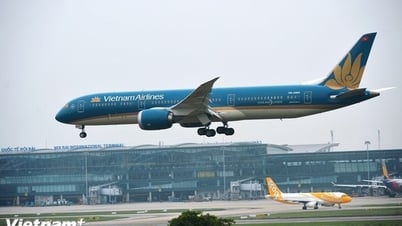
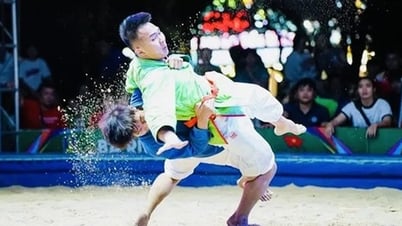
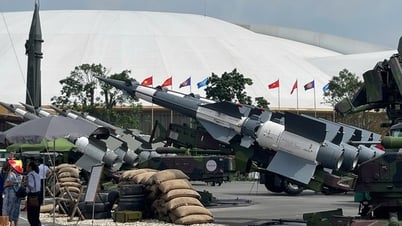
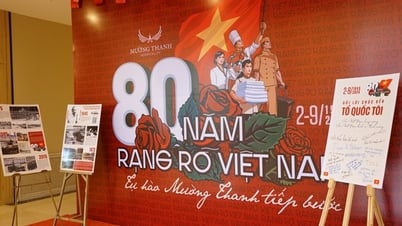
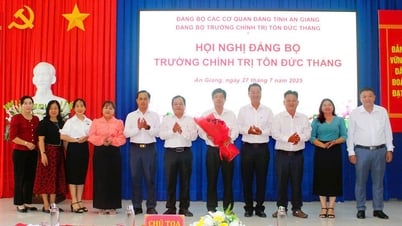


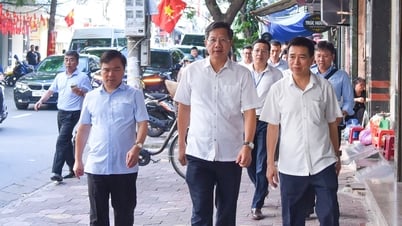

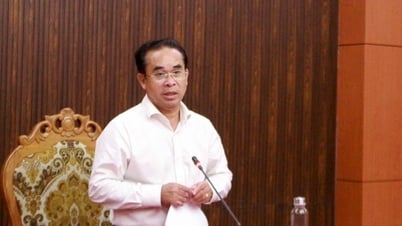
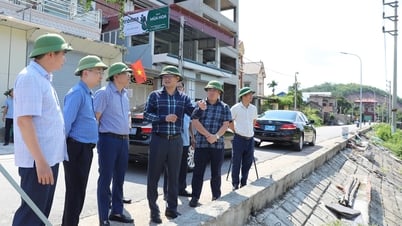

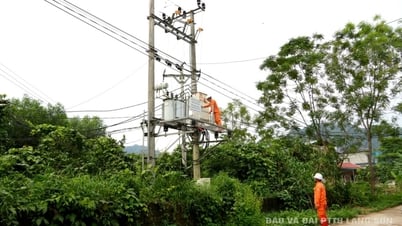



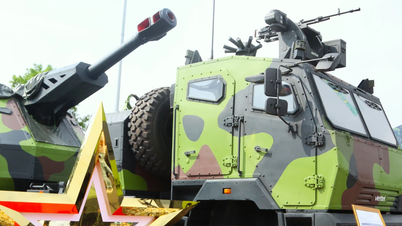













Comment (0)